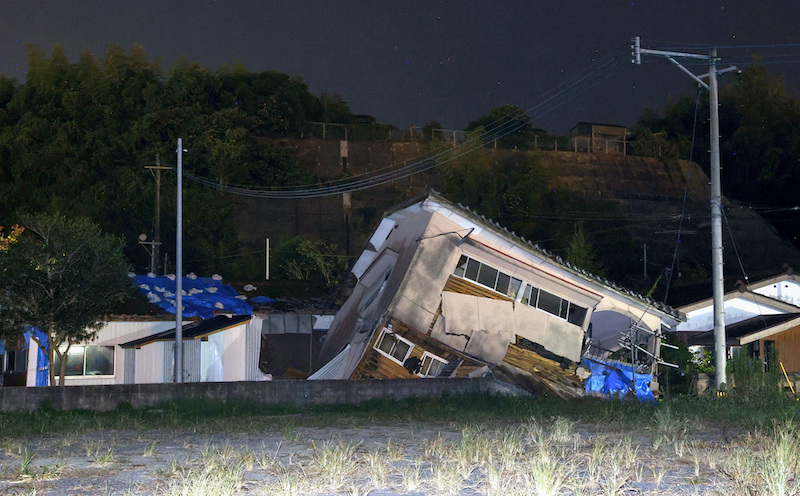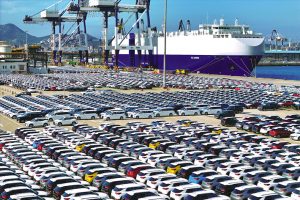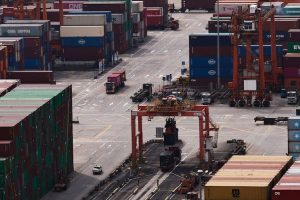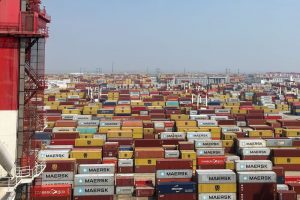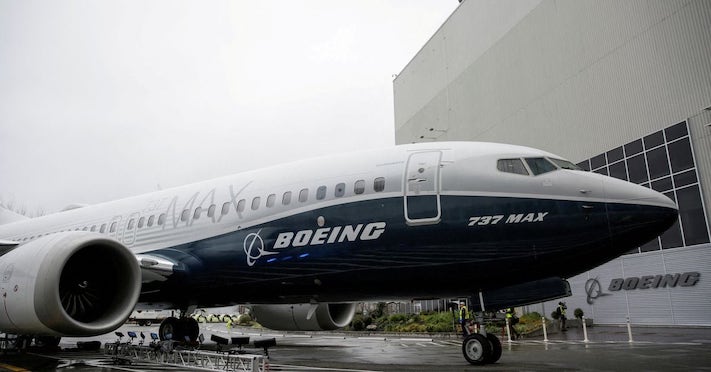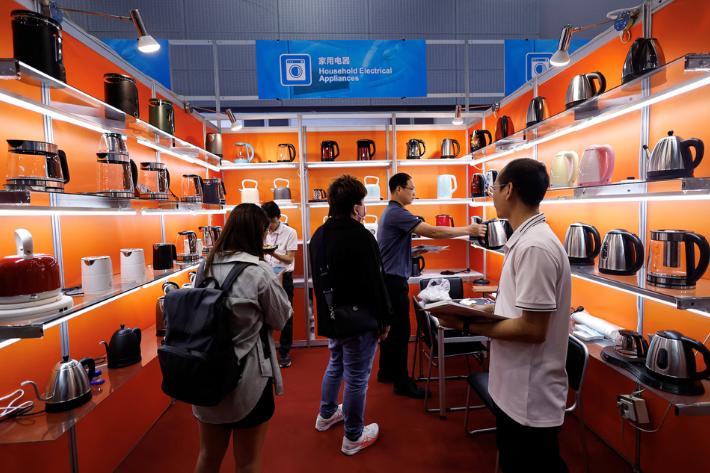An earthquake of magnitude 5.3 rocked Tokyo and surrounding areas on Friday evening, according to the Japan Meteorological Agency.
The quake shook buildings in Tokyo following the warning. Tokyo Metro briefly stopped at least one of its train lines but the service was quickly resumed. Damage to the hardest-hit areas, such as the western part of Kanagawa prefecture, was not immediately clear.
The tremor came a day after 7.1 quake 20km southeast of Miyazaki city on Kyushu at at 4.43pm. Kyushu Island is home to chipmaking plants operated by Sony and Taiwan’s TSMC, and some operations were halted late yesterday, but only a few people on the island were reported injured and limited damage was done.
ALSO SEE: ‘Banker to The Poor’ Leads Bangladesh’s Interim Government
The initial quake led to the government issuing its first-ever advisory about the risk of a huge earthquake on the country’s Pacific coast.
The meteorological agency issued the emergency warning of a strong tremor for the capital city and Kanagawa, Saitama, Yamanashi and Shizuoka prefecture, without a tsunami alert.
Mega-quake warning follows 2011 disaster
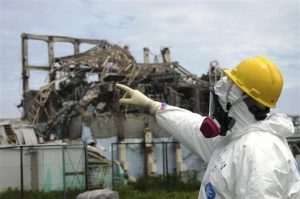
The warning was the first issued under new rules drawn up after the 2011 quake that ravaged the Tokohu region on northern Honshu Island, causing a tsunami and disaster at the Fukushima nuclear plant. It killed around 18,500 people and left 450,000 homeless.
The warning on Thursday related to the Nankai Trough, an 800-kilometre trough that runs from Shizuoka, west of Tokyo, to the southern tip of Kyushu.
The Nankai Trough is an area where two tectonic plates meet on the western edge of the Pacific Ocean which has been the site of massive destructive earthquakes of magnitude eight or nine every century or two. These “mega-thrust quakes”, which can occur in pairs, have been known to unleash dangerous tsunamis along Japan’s southern coast.
The Japan Times said yesterday: “It is believed that the chance of a major earthquake occurring in the Nankai Trough is relatively higher than usual, according to the agency, but it added that this does not mean an earthquake will necessarily occur within a specific timeframe.
“The warning is expected to be in place for a week, but officials said residents should not let their guard down even after it is lifted,” it said.
The advisory notice led to Prime Minister Fumio Kishida cancelling a trip planned to Central Asia. The country’s famous ‘bullet trains’ have been running at slower speeds, while nuclear plants are on alert.
- Reuters with additional input and editing by Jim Pollard
ALSO SEE:
TSMC Predicts $60m Hit From Taiwan’s Biggest Quake in 25 Years
Japan to Pump $4.9bn Into Second TSMC Chip Factory Plan
China’s Fukushima Fury ‘Fuelled by Disinformation’ – BBC
Japan PM Kishida’s Sushi Stunt Amid Fukushima Water Row – Yahoo




